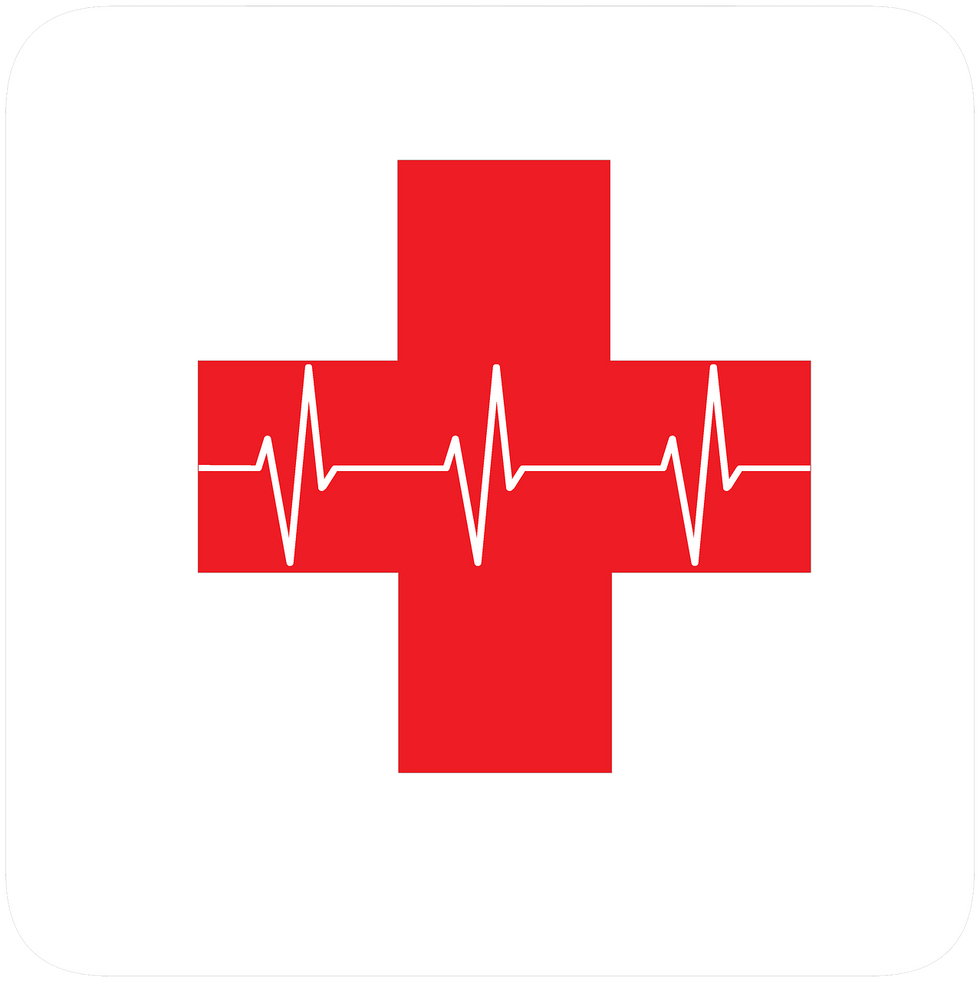According to the Sudden Cardiac Arrest Foundation, cardiac arrest is one of the leading causes of death. Cardiac arrest is an electrical malfunction in the heart that causes an irregular heartbeat and disrupts the flow of blood to the brain, lungs, and other organs. Cardiopulmonary resuscitation, known as CPR, combines rescue breathing and chest compressions in an effort to reverse cardiac arrest. It is unlikely CPR will restart the heart, but it helps the heart pump oxygenated blood to vital organs while paramedics are on their way. Many people believe that CPR is something that only medical professionals can perform effectively. They decided to learn CPR because their coworker, Stanley, experienced cardiac arrest. Today I am going to persuade you all to take a CPR class, if you have not already, because CPR saves lives, it is easy to learn, and it helps you be prepared to act in an emergency.
CPR saves many lives every year, and it is an easy skill that anyone can master. Taking a CPR class helps you feel more confident when someone gets injured or experiences a sudden health problem. According to the American Heart Association, CPR saves 92,000 lives yearly, but only 32% of sudden cardiac arrests receive CPR before the paramedics arrive because many people do not have the training. If more people would get trained, many more people would be saved. In addition, the American Heart Association states that almost 90% of people who suffer out-of-hospital cardiac arrests die. This is because many people do not know how to perform CPR, and when the paramedics arrive, it is too late. According to Darrell Fisher of the New Holland Ambulance Association, once the heart stops beating, brain death occurs within four to six minutes, but if CPR is performed within the first four minutes of cardiac arrest, the survival rate doubles. By performing CPR, bystanders are able to keep the victim’s blood circulating and air flowing into the lungs until paramedics arrive and advanced equipment can be used. Paramedics cannot arrive before there is damage to the brain and other vital organs due to the lack of blood circulation, thus, bystanders need to be able to help by performing CPR.
CPR can help save someone you know, and it’s not even a difficult technique to learn. According to Elissa Koehl from USA Today, 11-year-old Skylar Berry saved her friend’s life at a pool party. Skylar pulled her friend out of the pool, and once she realized her friend wasn’t breathing, she started performing CPR. It’s so easy even a 6th grader can do it. In addition, it is not a lengthy or difficult process to become certified. According to the American Red Cross, the average CPR certification class lasts less than three hours, and the certification lasts for two years. There are even online courses for people who are unable to find a class that works for them. Also, there are easy ways to remember what to do. For example, you just give chest compressions to the rhythm of Stayin’ Alive by the Bee Gees. Not only is CPR an easy technique to learn, it also helps you become more prepared in health-related emergencies.
Most CPR classes include first aid and AED training. Some people tend to be timid in emergencies because they are afraid they will do something incorrectly, but a CPR course will help you learn how to be prepared and give you the right to act. In an article by Stephen Reinberg from Health Magazine, Dr. Carolina Malta Hansen, who is a cardiac arrest research leader, points out that Good Samaritan Laws protect people who give reasonable assistance from being sued even if the person is not able to be revived. Thus, people with CPR certification should not be afraid to act. In addition, the instructor will walk you through scenarios multiple times until you feel completely certain about how to help. You learn how to care for injuries from a simple ankle sprain to a serious compound fracture, and you may even learn how to help a choking victim by performing the Heimlich. Also, they teach you how to follow the instructions of using an AED. An AED checks the heart rhythm and assists chest compressions by delivering shocks to the heart in attempt to restore a normal heart rhythm. Being more prepared for emergency situations will reduce the amount of panic and can save lives and improve recovery time, especially with victims of cardiac arrest.
Everyone should take a CPR course, if they have not already, because it saves lives, it is not difficult to learn, and it helps people to be prepared to act in emergencies. CPR is not just a technique for medical professionals, it is a technique that everyone should learn considering most people experience cardiac arrest outside of the hospital. Paramedics cannot reach the scene until the chance of survival is extremely low. Take a CPR class not for yourself, but for the people around you. Not all heroes wear a cape or have an MD; you can be a hero too.

















